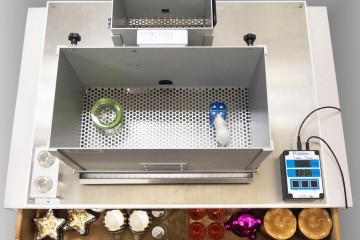CRACK IT Solution
Developing an automated apparatus for continual trials recognition memory in rodents

At a glance
Completed
Award date
June 2019 - June 2021
Contract amount
£50,000
Contractor(s)
R
- Reduction
